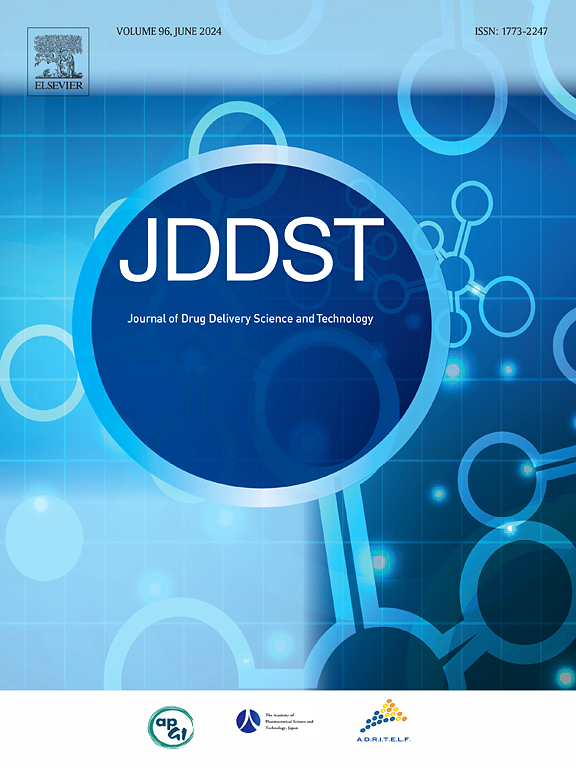Recent trends in hydrogel-based formulation for the treatment of diabetic wounds: A review
IF 4.5
3区 医学
Q1 PHARMACOLOGY & PHARMACY
Journal of Drug Delivery Science and Technology
Pub Date : 2025-03-21
DOI:10.1016/j.jddst.2025.106848
引用次数: 0
Abstract
Diabetic wounds (DWs) are a common complication of diabetes mellitus (DM). DWs have a low cure rate and likely recurrence, thus affecting the quality of patient's lives. It is a long-term injury that may result in amputations because of recurrent infections and other adverse consequences linked to ulcers. DW healing is a complex process that often requires the use of various drugs and advanced dressings to promote recovery. Hydrogels have gained significant attention among modern wound dressings due to their unique properties of hydrophilic polymers that can absorb large amounts of water, forming a moist environment conducive to healing and versatility. These materials have been extensively studied for various biological applications, including drug delivery and tissue engineering. The therapeutic management of DWs has greatly improved from the many functionalized hydrogel dressings published, and good responses have been suggested in recent years due to an in-depth study of the aetiology of these wounds. As a result, this review article discusses the approaches to repairing diabetic wounds and the molecular pathways involving immune factors, growth factors, matrix metalloproteinase, oxidative stress, free radicals, and chemokines, which can significantly improve the healing process of delayed DWs. Additionally, the most recent developments in hydrogel wound dressings for the successful treatment of DWs were highlighted, along with current viewpoints and challenges in this field of research and an overview of various hydrogel-based formulations, preclinical targeted delivery with clinical case studies, and more were also discussed.

求助全文
约1分钟内获得全文
求助全文
来源期刊
CiteScore
8.00
自引率
8.00%
发文量
879
审稿时长
94 days
期刊介绍:
The Journal of Drug Delivery Science and Technology is an international journal devoted to drug delivery and pharmaceutical technology. The journal covers all innovative aspects of all pharmaceutical dosage forms and the most advanced research on controlled release, bioavailability and drug absorption, nanomedicines, gene delivery, tissue engineering, etc. Hot topics, related to manufacturing processes and quality control, are also welcomed.

 求助内容:
求助内容: 应助结果提醒方式:
应助结果提醒方式:


